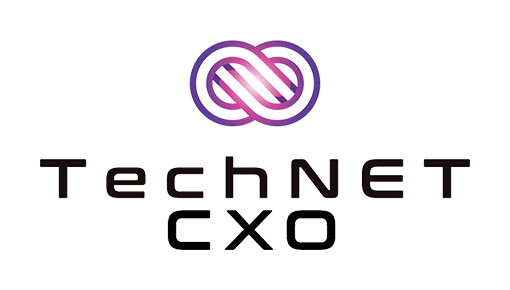Us Taliban Agreement 2020
While it is not clear who is talking for the Afghan government, it is also unclear who is talking about the Taliban. The Taliban are not a single unified organization, but consist of different commanders and militias throughout Afghanistan, many of whom have conflicting ideas about the war and now about the peace agreement. The Taliban leaders who negotiated the peace agreement came from the Taliban-led group, called Quetta Shura. This group is atonic Pakistan and is largely a political and economic organization. Quetta Shura controls the highly profitable opium and heroin trade that funds the Taliban`s military operations in Afghanistan. Quetta Shura is ruled by high-ranking Taliban, including Haibutullah Akhundzada, Mohammed Yaqub, Mohammed Omar and Abdul Ghani Baradar. On May 24, 2020, Afghan men participate in prayers at a mosque during Eid al-Fitr in Kabul, Afghanistan. In February 2019, a new round of talks took place in Qatar, this time with Baradar in the Taliban delegation[79] – he had been released by Pakistan in October 2018 at the request of the United States. [80] [81] Khalilzad stated that this round of negotiations was “more productive than in the past” and that a draft peace agreement had been concluded. The agreement included the withdrawal of U.S.
and international troops from Afghanistan and the Taliban, which did not allow other jihadist groups to operate inside the country. [79] The Taliban also announced progress in the negotiations. [79] On 3 March 2020, the Taliban resumed offensive operations against the Afghan army and police and carried out attacks in Kunduz and Helmand provinces. [113] On 4 March, the United States conducted air raids against Taliban fighters in the southern province of Helmand. [114] Blog by Jamille Bigio and Guest Blogger for Women Around the World October 5, 2020 Women Around the World American troops are already reduced. Under the agreement between the United States and the Taliban, all U.S. forces will withdraw by May 2021, when the Taliban will honour their commitments to Al Qaeda and begin talks with the government. In other words, withdrawal does not depend on an agreement between the Afghan government and the Taliban. The intra-Afghan negotiations, which lead to tangible peace and a credible power-sharing agreement in Afghanistan, face real challenges.
Problems include concerns about the exchange of prisoners; The composition of a future Afghan state and future Afghan government and the reintegration of the Taliban into the Afghan security forces; and the internal cohesion of the Taliban and the Afghan government and whether the Taliban are actually committed to an internal peace process or whether they are using their participation as a negotiating force to promote their own goals. But international and national observers of the Afghan peace process could not confirm that the Taliban had severed relations with Al Qaeda. According to a May 2020 UN report, the Taliban met with Al Qaeda several times in 2019 and early 2020 to coordinate “operational planning, training and provision of safe havens to Al Qaeda members in Afghanistan” by the Taliban. Intra-Afghan negotiations did not begin as planned on 10 March 2020. But that day, Ghani signed a decree ordering the Afghan government to begin releasing 1,500 Taliban prisoners on March 14, if they agreed to sign pledges guaranteeing that they would not return to combat[115] If they did not sign the pledges, the decree would not enter into force. [115] On the same day, the United States


